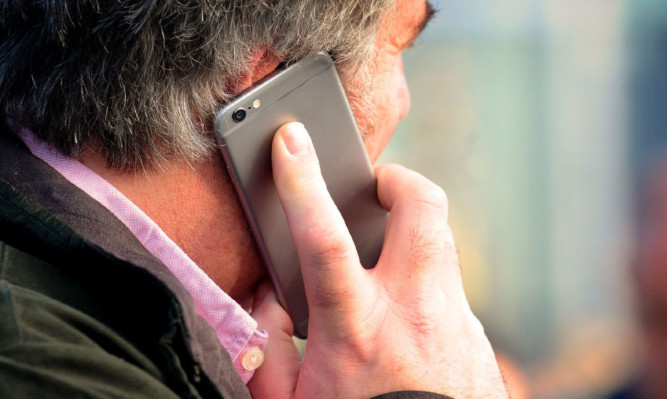Mobile phone customers are collectively overpaying hundreds of millions of pounds a year on handsets they have paid off, a consumer group has warned.
Which? found almost half of mobile users (46%) who came to the end of their contract did not switch immediately, collectively overpaying £355 million a year or an average of £92 each on handsets they had already paid for.
While most contracts combine the cost of the tariff and the handset over the minimum term, usually 24 months, this is not always split, meaning customers do not know how much each costs or when they have finished paying for their phone.
A survey by the watchdog found 60% of consumers said it was important for a provider to clearly separate bills into tariff and handset costs to allow them to make an informed decision when switching.
Which? said O2, Virgin Media, Tesco Mobile and Utility Warehouse had tariffs that separated handset and airtime costs, while giffgaff had never bundled the handset in.
Customers on Vodafone, EE and Three still scontinued to be charged one bundled price.
Which? gave the example of a contract with O2 Refresh for an iPhone 6 costing £49 a month for 5GB of data and unlimited minutes and texts, making it clear that the handset part of the bill is £25 and the deal drops to £24 per month when it is paid off.
But a similar plan with Vodafone costing £48.50 a month does not change once the customer comes to the end of the contract and has finished paying off the cost of the handset.
The watchdog’s survey found 97% said that price was important when looking to switch, while 74% also said it was important that providers alerted customers that their contract was coming to an end also ranked highly.
Which? executive director Richard Lloyd said: “Consumers are being misled and as a result are collectively paying millions of pounds each year for a phone they have paid off.
“All mobile phone operators should separate out the cost of the handset so people don’t continue to pay after the contract comes to an end.
“Mobile providers need to play fair and ensure their customers are not paying over the odds.”
* Populus surveyed 2,055 UK adults online between February 25-27.
